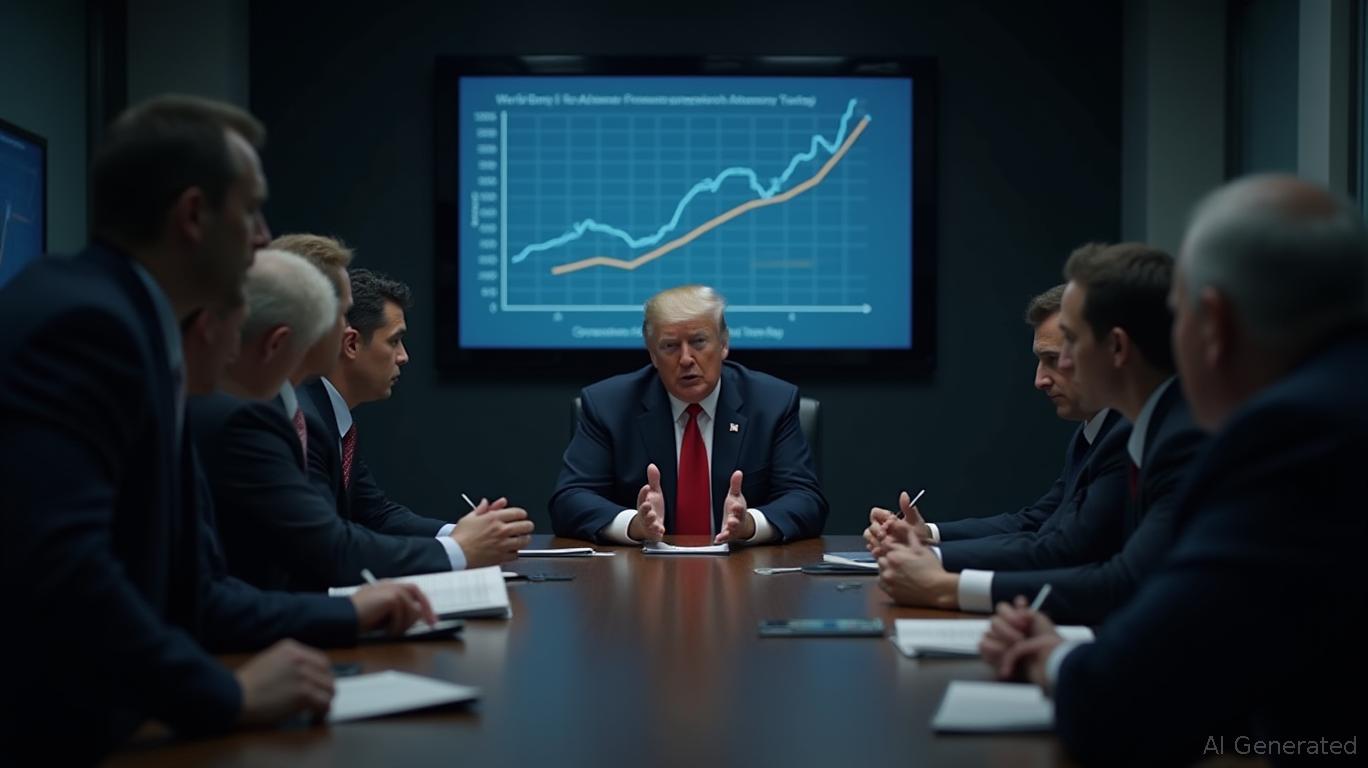IMF Cuts 2025-2026 Global Growth Forecasts by 0.5% and 0.3% Due to Trade Uncertainty
The International Monetary Fund (IMF) has significantly lowered its global economic growth projections for 2025 and 2026, citing increased uncertainty due to trade policies. In its April 2025 World Economic Outlook report, the IMF presented three scenarios based on different trade policy developments. The first scenario, the reference forecast, is based on tariff measures announced up to April 4. The second scenario is based on predictions made before the announcement of reciprocal tariffs on April 2. The third scenario considers the partial tariff suspension and exemptions announced by the U.S. President on April 9.
Under the reference forecast, global economic growth is expected to slow from 3.3% in 2024 to 2.8% in 2025, before recovering to 3% in 2026. This is a 0.5 percentage point reduction for 2025 and a 0.3 percentage point reduction for 2026 compared to the January 2025 World Economic Outlook report. The IMF attributes this slowdown to the direct impact of new trade measures and the indirect effects of increased uncertainty and worsening sentiment.
The IMF emphasizes that the global economy is at a critical juncture. After a prolonged and challenging period, the global economy showed signs of stabilization in 2024, with inflation rates declining from multi-decade highs and labor markets returning to pre-pandemic levels. However, significant policy changes are reshaping the global trade system and introducing new uncertainties, testing the resilience of the global economy.
In the other two scenarios, the global growth rate for 2025 and 2026 is projected to be 3.2% under the pre-April 2 scenario and 2.8% and 2.9% respectively under the post-April 9 scenario. The IMF notes that economic momentum is slowing, with consumer, business, and investor sentiment in the U.S. turning more pessimistic due to uncertainty and new tariff measures.
Regarding inflation, the IMF reports that the disinflation process has stalled in most economies, with some even experiencing rising inflation rates. While service sector inflation is still declining, it remains above pre-pandemic levels. Core goods inflation has also increased since November 2024. The IMF highlights that domestic imbalances and policy differences are contributing to global imbalances and potential vulnerabilities. For instance, private consumption as a share of GDP in the U.S. reached a historic high in the 2020s, and the fiscal deficit remains at elevated levels.
Under the reference forecast, the IMF expects the overall economic growth rate of advanced economies to decline from 1.8% in 2024 to 1.4% in 2025 and 1.5% in 2026. This is due to significant downward revisions in growth projections for the U.S., Canada, the U.K., and Japan. The U.S. economic growth rate for 2025 is projected to be 1.8%, a 1 percentage point decrease from 2024 and a 0.9 percentage point reduction from the January forecast. The IMF attributes this to increased policy uncertainty, trade tensions, weak demand outlook, and slower-than-expected consumer growth.
For the euro area, the IMF expects economic growth to slightly decrease to 0.8% in 2025 before rebounding to 1.2% in 2026. Rising uncertainty and tariffs are the main drivers of the slowdown in 2025, while the 2026 rebound is expected to benefit from increased consumption due to rising real wages and fiscal easing in Germany. The overall growth rate for emerging and developing economies is projected to be 3.7% in 2025 and 3.9% in 2026, down from 4.3% in 2024. The IMF notes that the Association of Southeast Asian Nations (ASEAN) will be one of the most affected regions by the April tariff measures.
The IMF also highlights that many countries have exhausted most of their available policy space, limiting their ability to support their economies in the face of new negative shocks or a significant recession. The impact of tariffs on growth will vary by country, depending on trade relationships, industry composition, policy responses, and opportunities for trade diversification. For some economies, such as China and the euro area, fiscal support can offset some of the negative impacts.
In terms of inflation, the IMF expects the global inflation rate to decrease to 4.3% in 2025 and 3.6% in 2026. Advanced economies are expected to reach their target inflation rates earlier, with a projected rate of 2.2% in 2026. Emerging and developing economies are expected to see their inflation rates decrease to 4.6% in 2026. The IMF notes that while inflation is expected to continue declining, the outlook remains uncertain and subject to various factors, including the duration of tariffs, corporate profit adjustments, and currency fluctuations.
The IMF also points out that geopolitical tensions and domestic imbalances are contributing to global imbalances. The structure of international trade is changing, with more trade occurring within historically allied countries rather than between them. The IMF notes that trade diversification is occurring at both the micro and macro levels, with supply chains being reallocated and production being redistributed. This is most evident in Asia, where trade patterns have shifted significantly. The IMF also highlights that the U.S. dollar's value has fluctuated in response to changing economic conditions and policy expectations.











